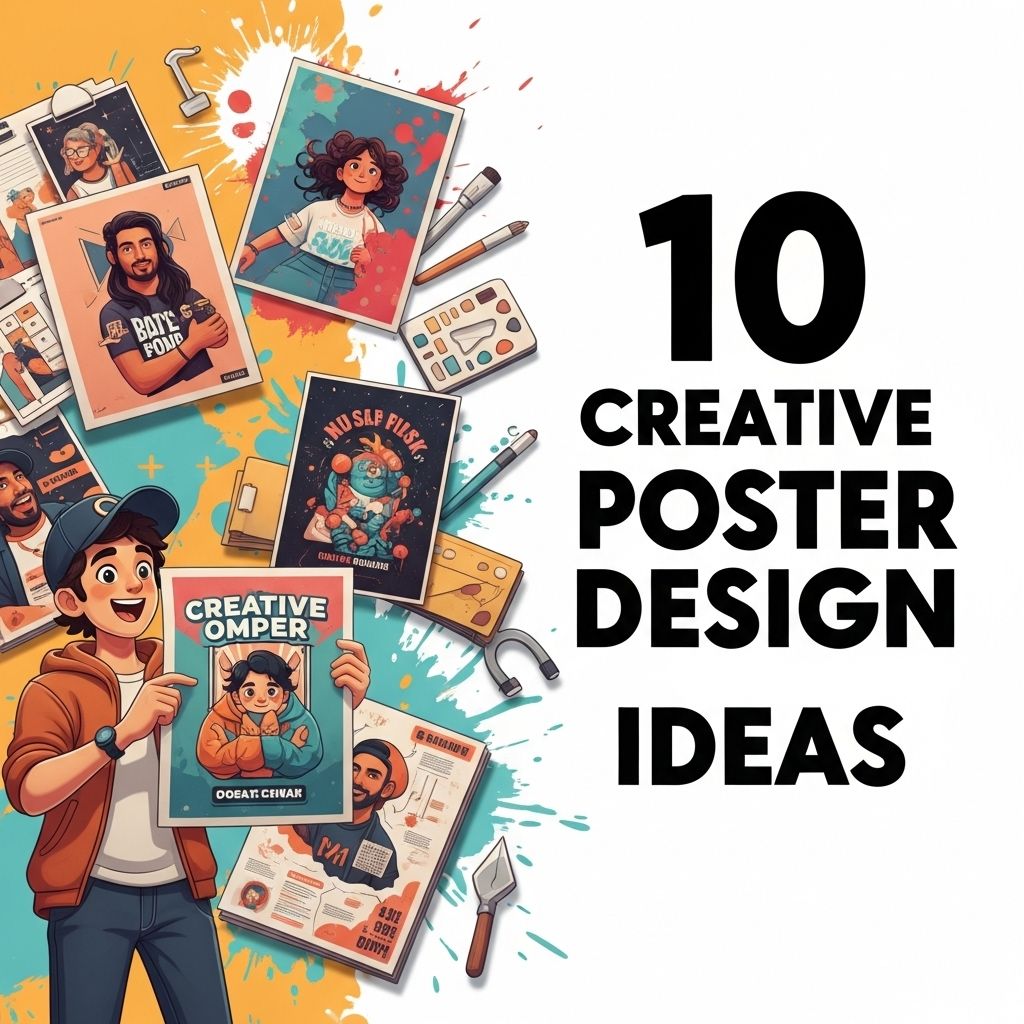In the competitive world of graphic design, having a standout portfolio is crucial for showcasing your skills and attracting potential clients or employers. Your portfolio is not just a collection of your best work; it’s a reflection of your style, expertise, and creativity. In this article, we delve into ten must-have ideas that can elevate your graphic design portfolio and make it more engaging and memorable.
1. A Strong Introduction
The first impression is vital. Your portfolio should begin with a captivating introduction that outlines your design philosophy, experience, and what you can offer.
Tips for a Great Introduction:
- Keep it concise and engaging.
- Use a personal anecdote to connect with your audience.
- Highlight your unique selling points.
2. Showcase Your Best Work
Select a diverse range of projects that not only display your skills but also highlight different styles and techniques. Quality over quantity is key.
Categories to Consider:
- Branding and identity
- Web and mobile design
- Print design
- Illustration
- UI/UX design
3. Case Studies
Including detailed case studies in your portfolio can provide insights into your design process. This helps potential clients understand how you approach projects.
Elements of a Case Study:
- Project background and objectives
- Your role and responsibilities
- The design process (sketches, iterations)
- Final results and outcomes
4. Personal Projects
Personal projects allow you to explore creativity without client constraints. They can showcase your passion and initiative.
Ideas for Personal Projects:
- Self-initiated branding
- Redesign of existing brands
- Art pieces or illustrations
- Conceptual web designs
5. Client Testimonials
Including testimonials from satisfied clients can enhance your credibility. It reassures potential clients about the quality of your work.
How to Gather Testimonials:
- Ask for feedback upon project completion.
- Use platforms like LinkedIn for recommendations.
- Consider video testimonials for a more personal touch.
6. Responsive Web Design
In the digital age, having a portfolio that functions well on all devices is essential. Ensure that your portfolio is responsive and visually appealing across various screen sizes.
Key Features of Responsive Design:
- Fluid grids
- Flexible images
- CSS media queries
- User-friendly navigation
7. Interactive Elements
Adding interactive elements can make your portfolio more engaging. Consider features like hover effects, clickable prototypes, or animations.
Ideas for Interactivity:
- Clickable prototypes of web designs
- Animation of logo designs
- Before-and-after sliders for redesign projects
8. Clear Navigation
Your portfolio should be easy to navigate. A user-friendly layout helps viewers find what they need quickly, which can keep them engaged longer.
Navigation Tips:
- Use a simple menu structure.
- Incorporate a search function.
- Make use of breadcrumbs for larger portfolios.
9. Regular Updates
Regularly updating your portfolio is essential to keep it relevant and reflective of your current skills. Remove outdated projects and add new ones periodically.
Updating Tips:
- Set a schedule for portfolio reviews (e.g., quarterly).
- Stay active in design communities for fresh ideas.
- Consider seasonal themes or trends.
10. Contact Information
Make sure your contact information is accessible and easy to find. Potential clients should be able to reach out to you without any hassle.
Contact Info Essentials:
- Email address
- Social media links
- LinkedIn profile
- Contact form on your website
Creating a compelling graphic design portfolio requires careful thought and attention to detail. By incorporating these ten must-have ideas, you can build a portfolio that not only showcases your work but also tells your story as a designer. Remember, your portfolio is a living document; keep refining and updating it as you grow in your career.
FAQ
What are the essential components of a graphic design portfolio?
A strong graphic design portfolio typically includes a variety of work samples, case studies, a brief personal statement, and contact information.
How can I showcase my graphic design skills effectively?
Utilize a mix of personal projects, client work, and collaborative efforts to demonstrate your range and versatility in design.
What types of projects should I include in my graphic design portfolio?
Include a diverse selection of projects such as branding, print design, digital design, and illustrations to showcase your skills across different mediums.
How often should I update my graphic design portfolio?
You should update your portfolio regularly, ideally every few months, to reflect your latest work and to keep it relevant.
Is it important to include case studies in my graphic design portfolio?
Yes, including case studies helps potential clients understand your design process, problem-solving abilities, and the impact of your work.
What format should my graphic design portfolio take?
Your portfolio can be presented in various formats, such as a personal website, PDF, or even a physical portfolio, depending on your target audience.




